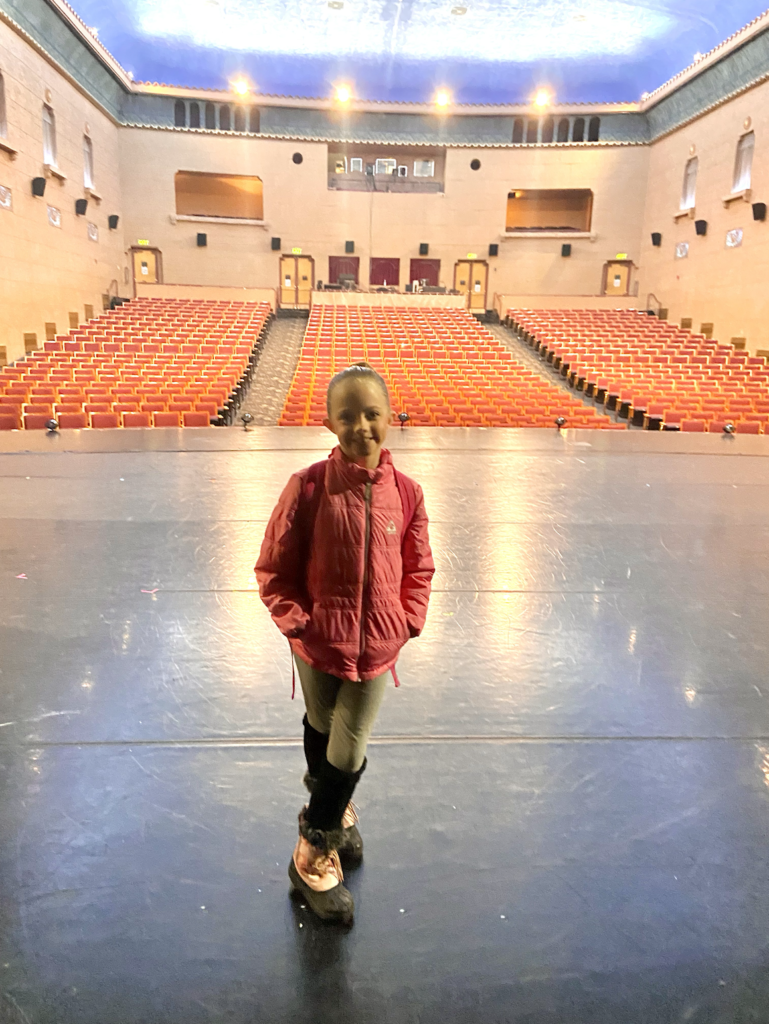
Piano Teaching Q&A: Teaching New Pieces
Occasionally we will be featuring questions from readers, and will do our best to answer them and to give some ideas 🙂 We’d love lots of comments to see what you think as well!
I am very interested in this topic. Can we discuss a “syllabus” lesson, maybe where we set everything up for the semester for goals? What about metronome markings for goals?
I have thought a lot lately about practicing and how I can make goals each week with my students on what to hear the following week. When I have a student learn a piece with FERN, do they do it just 5 times hands alone per day for a week? When do they start putting hands together? I have run into problems with how much each student can handle and sometimes when I write the metronome marking I would like to hear a section at the following week, they can’t get it. Do I just rely on them to make their own tempo marking?
Many of these questions depend greatly not only on the level of the student, but the particular piece being learned and the student learning it. I would like to share some thoughts on some of these questions, though!
Goals for metronome markings:
I think that the key is to start your student out on a slow enough tempo. If you give them a tempo that is too fast, they will just get frustrated! It’s better to start out too slow and to have your student perfect the piece or the section very slowly than to start out too fast and result in a discouraged student. Once the student can play it perfectly at that slow tempo, you can increase the tempo a little at a time. I also think it’s helpful to have them practice hands alone with the metronome.
Weekly goals for students:
I usually break any piece into smaller sections, and challenge the student to learn a certain section (either hands alone or hands together – depending on the difficulty of the piece) by the next lesson.
Practicing: a certain number of repetitions per day?
I think this depends on the personality of the student. Some students do well with this type of practicing, while others do better simply with the assignment to learn a certain section by a certain day. Some students practice better when recording all of their practice hours, and others not so much. I think it is best to get to know the strengths and personality traits of each individual student, and then decide which way would work best.
When to put hands together?
I usually have a student learn a short section of a piece hands alone, and then put it hands together before moving onto a new section. Although it really depends on the piece! In general though, I think that a lot of students don’t do enough hands alone practice! Even after it is learned hands together, it is still very beneficial to continue to practice hands alone.
I found this great quote from Gina Bachauer about the benefits of practicing hands alone –
“To me, the essence of study is to acquire at a young age the habit of slow practice. Not nearly enough emphasis is placed on this important point. Practicing slowly enables one to control everything one does on the keyboard. The simplest scale, practiced slowly and with concentration, puts one in the position of having to control each finger, and of testing if the resulting sound is right, if one is articulating enough, if the two hands are exactly together. I also advocate practicing with the metronome; this, too, helps toward perfecting that high degree of control which is the goal of all practice…”
“From the very beginning the aspiring student should learn to play each hand separately. In my view, one does not really know a composition, long or short, until one can play it through without the score, taking each hand separately from start to finish. Among the students to whose playing I have listened, all too few can do this and almost none make a special point of it…The two hands cannot gain complete independence until they grow accustomed to working separately, the right hand bringing out the melody, without the support of the harmony, and the left hand asserting its values without the help of the melody. Working through the day’s tasks in this way brings great gains in balance.”
-Gina Bachauer, from “The Education of a Pianist”
If you have a question you’d like to ask, leave it in a comment or submit it here!


 Previous Post
Previous Post Next Post
Next Post

















